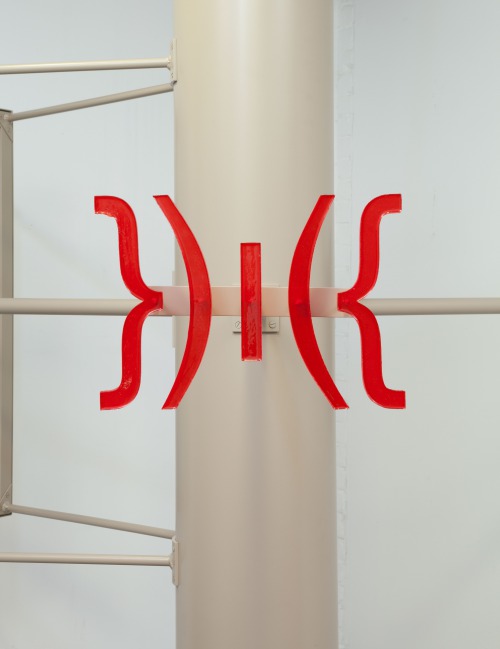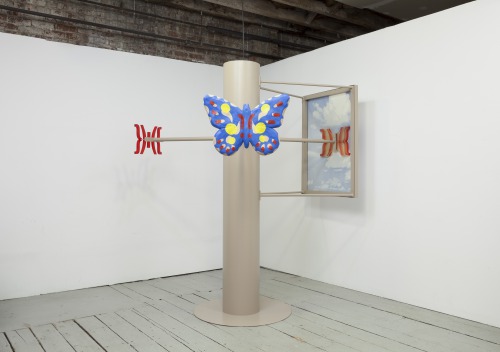Abracadabra
| Empire State @ Thaddeus Ropac Heavy Words @ Peep-Hole A-B-R-A-C-A-D-A-B-R-A A-B-R-A-C-A-D-A-B-R A-B-R-A-C-A-D-A-B A-B-R-A-C-A-D-A A-B-R-A-C-A-D A-B-R-A-C-A A-B-R-A-C A-B-R-A A-B-R A-B A Zhuang Zhou, more commonly known as Zhuangzi, was a Chinese philosopher who lived around the fourth century BC. He is credited with writing—in part or in whole—a work known by his name, Zhuangzi. A famous passage condensed his system so well that it became a common Chinese idiom, which later made its way to the West: Once Zhuangzi dreamt he was a butterfly, a butterfly flitting and fluttering around, happy with himself and doing as he pleased. He didn't know he was Zhuangzi. Suddenly he woke up and there he was, solid and unmistakable Zhuangzi. But he didn't know if he was Zhuangzi who had dreamt he was a butterfly, or a butterfly dreaming he was Zhuangzi. Between Zhuangzi and a butterfly there must be some distinction! This is called the Trans- formation of Things. If the project of Conceptual art was to dematerialize objects into pure ideas, inevitably resorting to language, Antoine Catala reverts language into both images and objects. This is perverse infinite regress, while em- phasizing the way in which language today is literally mechanized by the cataloguing powers of the Internet, ubiquitous cameras, and 3-D printers. In the emoticon a type of reverse pictogram emerges: language looks like something external to itself. Parentheses, commas, semicolons, co- lons, periods and the like, which syntactically regulate the hierarchies of other sign combinations, become images when combined. })i({ In a rigorous parody of a Dadaist sexualized machine, butterflies affirm their emoticon-ish condition . . . or is it the other way around? A child acquiring language must abstract away grammatical rules based on the input that they hear. Redundancy in language allows the child's inductions to be more stable by presenting repetitive evidence upon which these inductions are based. Redundancy therefore provides the sufficient stimulus needed to acquire a complex grammar system. From pictogram to ideogram, from picture book to chapter book, the evolution of language is based on redundancy. Catala’s paradoxical con- structions thus propose feedback loops of signification while simultane- ously epitomizing how redundancy in language functions—physically. This passage from Zhuangzi above appears, inter alia, as an illustra- tion in Jorge Luis Borges’s famous essay “A New Refutation of Time.” Dan Graham is a pioneer of Conceptual art and the use of feedback loops, which imply time as their primary material. Catala used to be Dan Graham’s assistant. Networks, chief among them those associated with the Internet, project an illusion of democracy, which as a form of gover- nance presupposes political feedback. In Catala’s hallucinatory concoc- tions perceptual utopias have given way to a homogeneous and intercon- nected digital landscape. Graham's psychedelia is actualized as a piercing critique of the conditions of existence under this digital regime with the appearance of fun. Coded, digitalized, and pixelated, all images and lan- guages belong to the apparatus. Dan comes undone. — Nicolás Guagnini |
|





